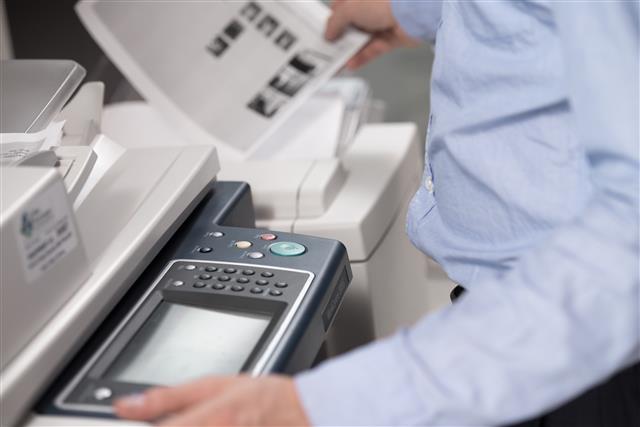 Guest post by Tom Love, Global Offering Manager, Workflow Automation, Xerox Large Enterprise Operations (LEO)
Guest post by Tom Love, Global Offering Manager, Workflow Automation, Xerox Large Enterprise Operations (LEO)
People sometimes have an overly simplistic view of office document capture and process digitization. They think bringing in a scanner will instantly and painlessly transform their office into a smooth, paperless dynamo. Scanning can definitely be an important first step, but that’s only part of the story. A responsible plan should include the nontrivial costs, staffing and infrastructure, and even culture changes associated with a move toward automation. Use this list of questions to make sure your capture project is successful.
1. What kind of documents are you trying to capture? It might be as simple as office/A4 black and white laser printed documents, but what if you need to capture color content, bigger sizes, or other media like checks or photos? Think in terms of physical document types. Understand the exceptions, and make a business decision to either ignore or formulate a solution to capture the “edge case” situations.
2. What quantities are involved for each document type – in terms of both documents and pages/images? Scanning of lower volumes (dozens per day) near the point of need may be handled by office workers as part of their normal processes, using distributed MFDs or desk-side low volume scanners. Higher volumes indicate a need for more robust equipment and also an opportunity for centralization and increased efficiency.
3. Who will be doing the work? Scanning can be tedious clerical work. Although a knowledge worker could handle the volume, is that the best use of their time? It might be prudent to get them some help – whether your own clerical staff or Xerox® DocuCare specialists – to save money, to ensure high quality, and to maintain or improve employee satisfaction
4. How broad a net do you want to cast – or how narrow? Do you need a digital onramp for just one specific business process / document type, or are there other opportunities in your enterprise? Understand the context of the document as it’s used. You may find that 80 percent of the problem is resume processing and what happens downstream represents a much smaller part of the problem. Focus the solution for maximum payback.
5. Where should capture be performed? Should you move capture upstream to the mail room as information comes in, or downstream to the points where documents arrive for processing? The farther upstream, the more the solution can handle multiple document processes and higher volumes and efficiencies. Further downstream, the solution can be smaller, more tailored and more responsive, but narrower in capability and payback.
6. Where is most the effective place in the process to add capture? Does the to-be-scanned document touch multiple workflows or just one? Distributed capture vs centralization makes a difference in terms of staffing, software and other gear. Stay away from silos and dead-ends. That is, don’t solve a problem that isn’t a priority. Avoid building a system so narrowly focused on one problem that you ignore other “low-hanging fruit” opportunities. You may benefit nicely by expanding your scope just a little.
7. Where does the scanned content need to go? Maybe it enters a workflow process for task assignment and management by workflow automation software; or a content repository like Xerox® DocuShare®, where users search and retrieve what they need on demand. There may be multiple destinations for the scanned documents and the data they contain. Understanding the destination systems makes a huge difference in your approach to metadata, indexing and other steps.
8. Don’t forget security. Are you dealing with general business documents, or sensitive health or financial records? Security policies and laws affect who is allowed to interact with the data at scan time and downstream. A well-conceived solution ensures that unauthorized staff don’t have access to sensitive paper or digital documents at any point. Make sure you understand whether the documents are subject to security or privacy laws or regulations.
9. How long are you going to keep this stuff? There are costs associated with document storage, and also responsibilities. Policies and laws may tell us how long to store certain records, and it’s actually a bad idea to keep them longer. This is why it’s important to have record retention policies that apply to digital data and to paper. What do you do with the paper document after it’s been scanned? Do you hold it for period of time? And maybe after three months, and if everything is fine, you shred it. Or perhaps the paper copy has to go into storage for some number of years. These may be unknowns to you now, or only known by a few in the company. To be on the safe side, talk to the legal department and the Records Manager, if there is one, if you’re unsure of how to proceed.
All these questions should be answered, either on your own or with the help of a workflow automation specialist. Take advantage of their user, document and workflow analytics services. It’s so important to have an understanding of the problem and a vision for the overall solution before you move forward.




Great points Tom!